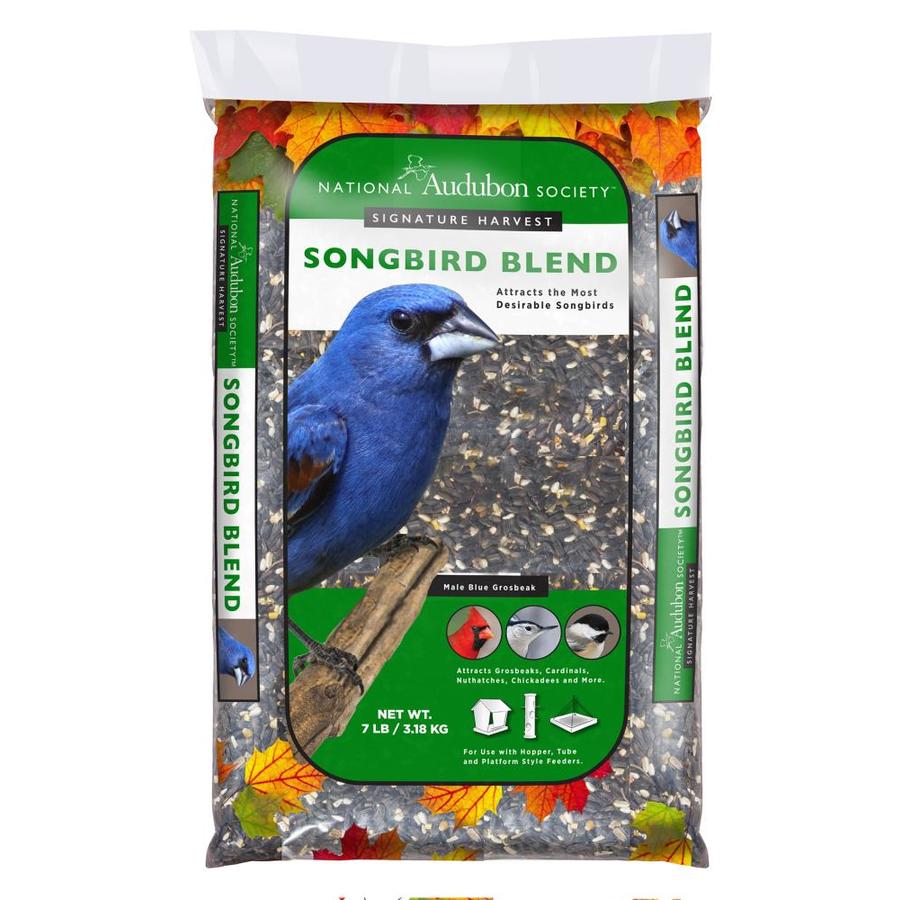

But this study shows that these short bursts of noise may affect reproductive success more than ongoing, constant noise. This finding is important because the short periods of time it takes to drill were originally perceived as less disruptive. With some birds, the presence of infrastructure was enough to have negative effects, regardless of the noise. “ is the amplitude-how loud the noise is,” said Rosa, who is now an assistant professor of biology, ecology and conservation at St.

But they were less abundant at sites producing drilling noise, suggesting they likely avoided those sites altogether. Neither type of noise, on the other hand, affected nesting success of chestnut-collared longspur. Savannah sparrows and Sprague’s pipits that nested around the experimental setups that played short bursts of noise had lower nesting success than birds that nested near setups that made constant, lower volume noise. In a study published recently in the Journal of Applied Ecology, the researchers described that constant, quieter noise of pumping was less of a problem for these bird species than occasional loud bursts of noise caused by drilling. They also marked bird nests and returned to them for monitoring every few days over the research periods. The researchers then counted all of the birds they saw and heard 400 meters north and south of these structures, listening for sounds like the chestnut-collared longspur song heard in the clip above. In other areas, they set up similar sound systems and solar panels but didn’t play any sounds in order to tease apart the effects of noise versus the structures themselves. In some areas of the prairie, they set up a sound system powered by solar panels to mimic the sounds of oil drilling and pumpjacks. Drilling įrom 2013 to 2015, they set out to southeastern Alberta from May to August, during these birds’ breeding season. Patricia Rosa, a PhD student at the University of Manitoba at the time, and her colleague Nicola Koper, a professor at that university, conducted an experiment to see what might be affecting chestnut-collared longspurs ( Calcarius ornatus), Sprague’s pipits ( Anthus spragueii), Savannah sparrows ( Passerculus sandwichensis) and vesper sparrows ( Pooecetes gramineus) in the prairies. Was it the noise from the initial drilling or the ongoing noise of pumping? If the problem was noise, they wondered what kind might affect the birds more. Researchers knew fewer birds were showing up in areas with oil infrastructure, but they weren’t sure whether the noise or the presence of roads and the structures themselves were to blame. Oil pumpjacks are found all over southeastern Alberta prairie lands, which is also home to many Canadian songbird species. Supported by the Mayor’s Office on Latino Affairs and the DC Humanities Council, the one-room exhibit has “migrated” to schools, churches, and community venues around the city since its debut.Occasional, loud bursts of noise are disrupting threatened songbird species in the Canadian prairies. The “Songbird Journeys” exhibit, completed in 2016, features displays on migrating species, and video interviews with Latino residents that you can watch below. The 2,400-square-foot space will be planted with both aquatic and upland species by students of the Sacred Heart School in nearby Mount Pleasant.

In the spring of 2019, the wetland behind the Piney Branch parkway picnic pavilion was expanded by the removal of an asphalt slab that served as a basketball court before the area flooded. The Songbirds project has organized the planting of more than 500 trees and hundreds of wildflowers and grasses. The theme uniting all Songbirds activities is that bird migration bonds the peoples of the Western Hemisphere in a common ecological future. The initiative got its start with funding from Audubon’s Together Green program, combining conservation and education in the Piney Branch section of Rock Creek Park that borders the city’s Latino neighborhoods. Rock Creek Songbirds is a habitat restoration and outreach initiative that has been a partner of the DC Audubon Society since 2013.


 0 kommentar(er)
0 kommentar(er)
